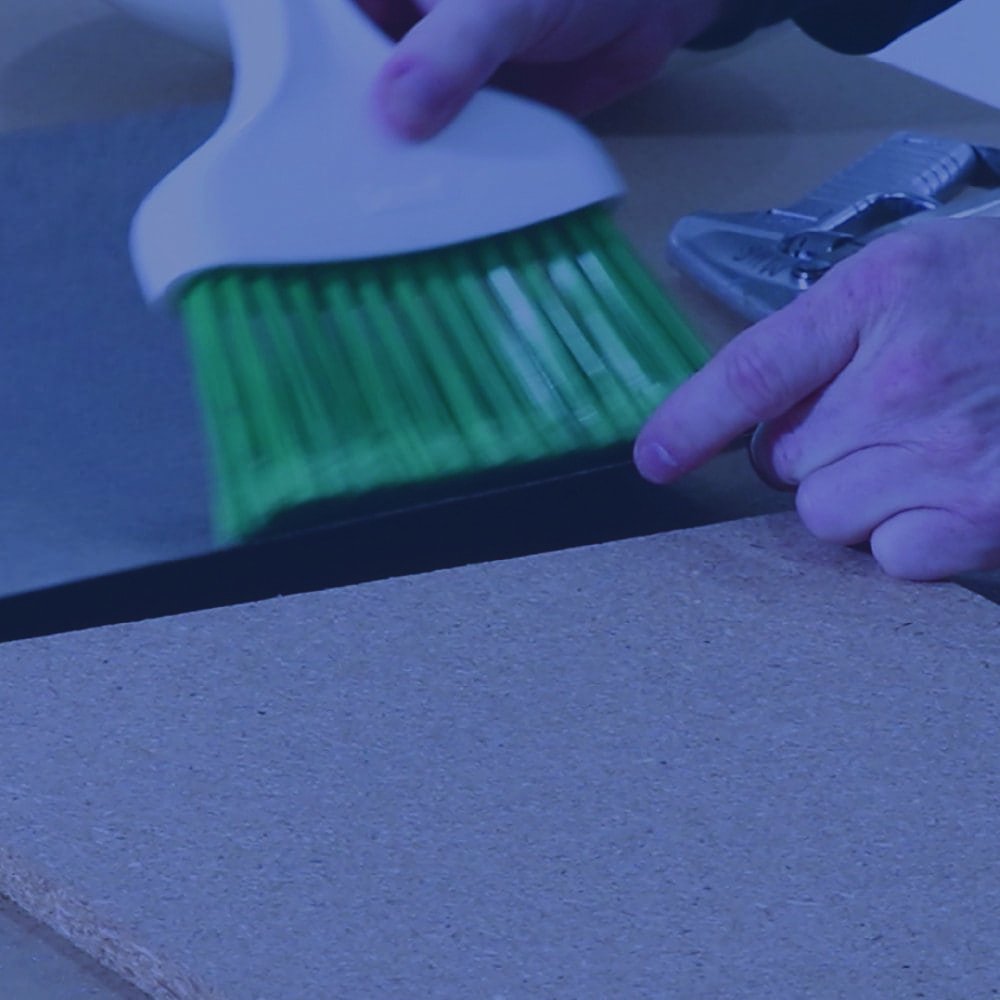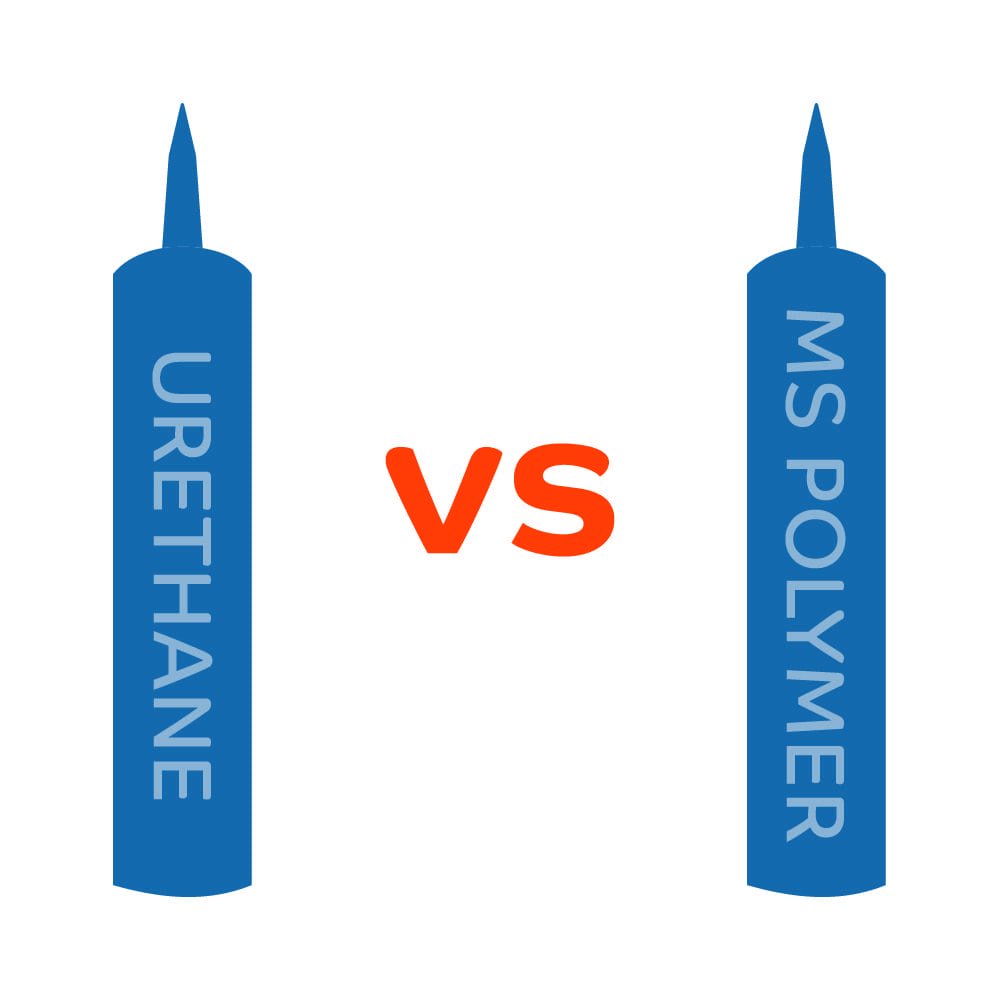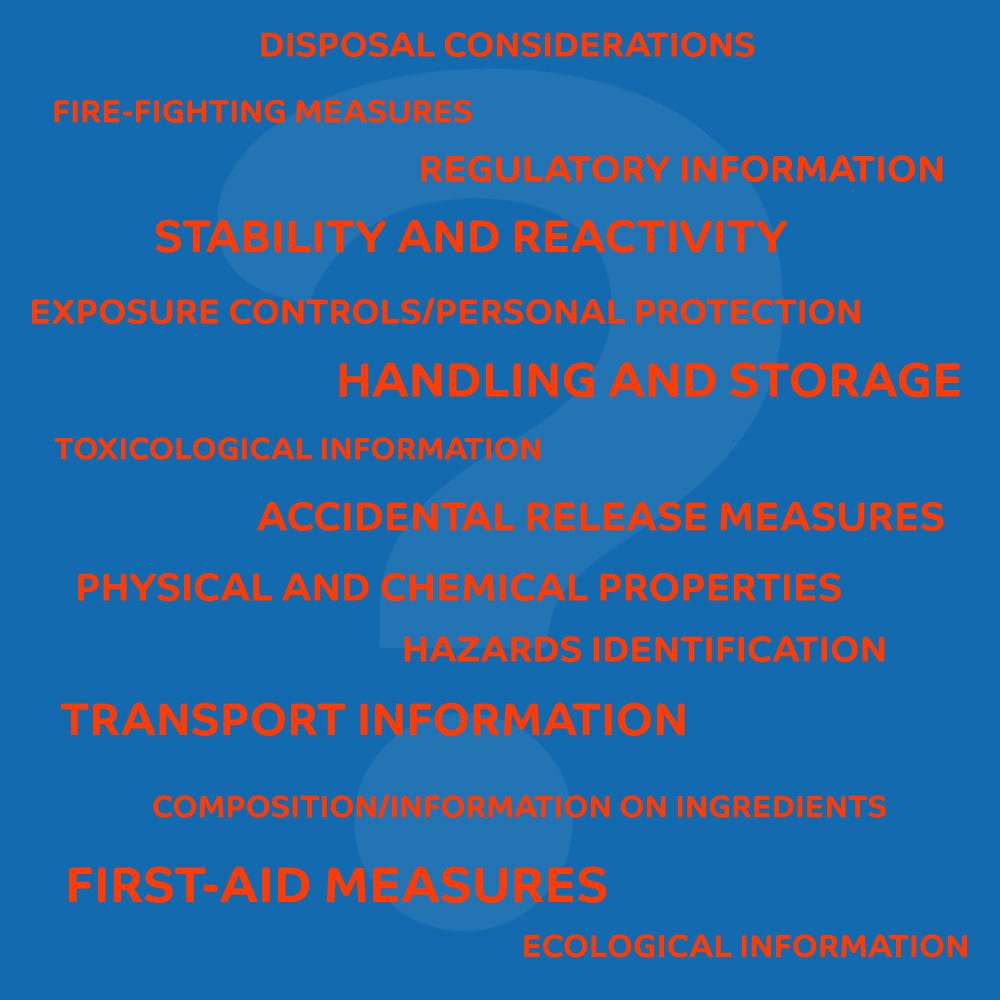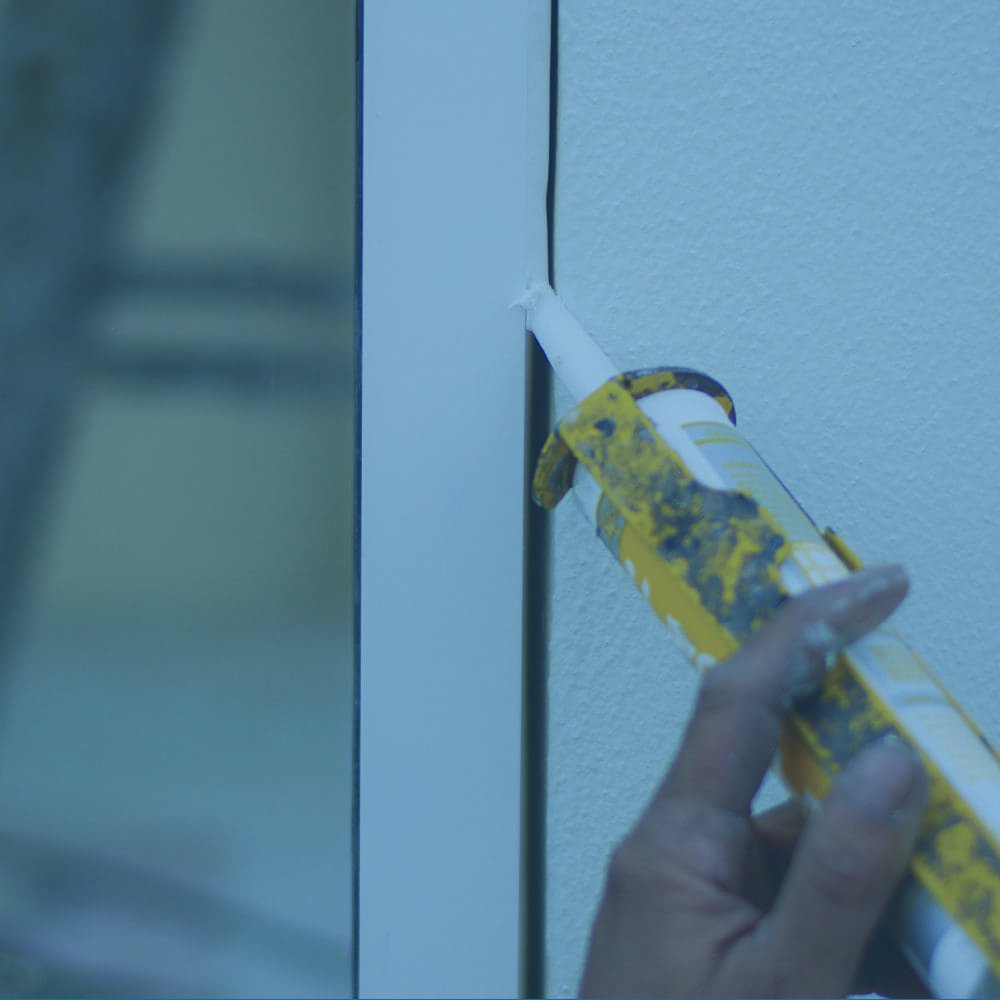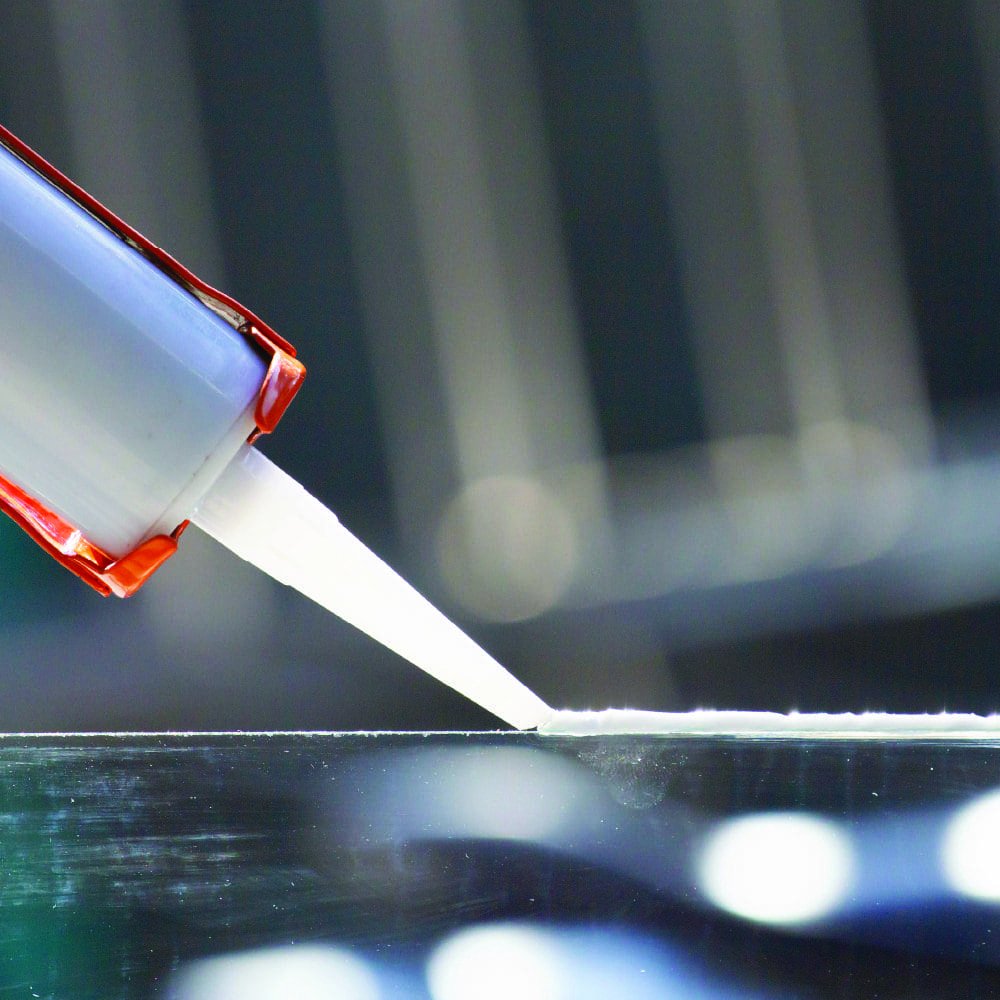The Importance of Part Prep
The Importance of Part Prep: How important is it? What is “part prep”? Part prep, or surface preparation, is the process of getting substrates ready to bond. The adhesive needs to cover the surfaces you are bonding together, to ensure a high-strength bond that maintains long-term structural integrity. The goal is to apply adhesive to […]
The Importance of Part Prep Read More »

